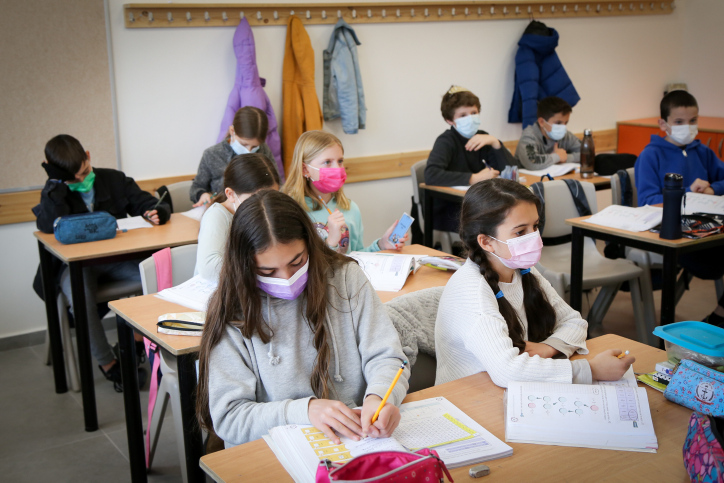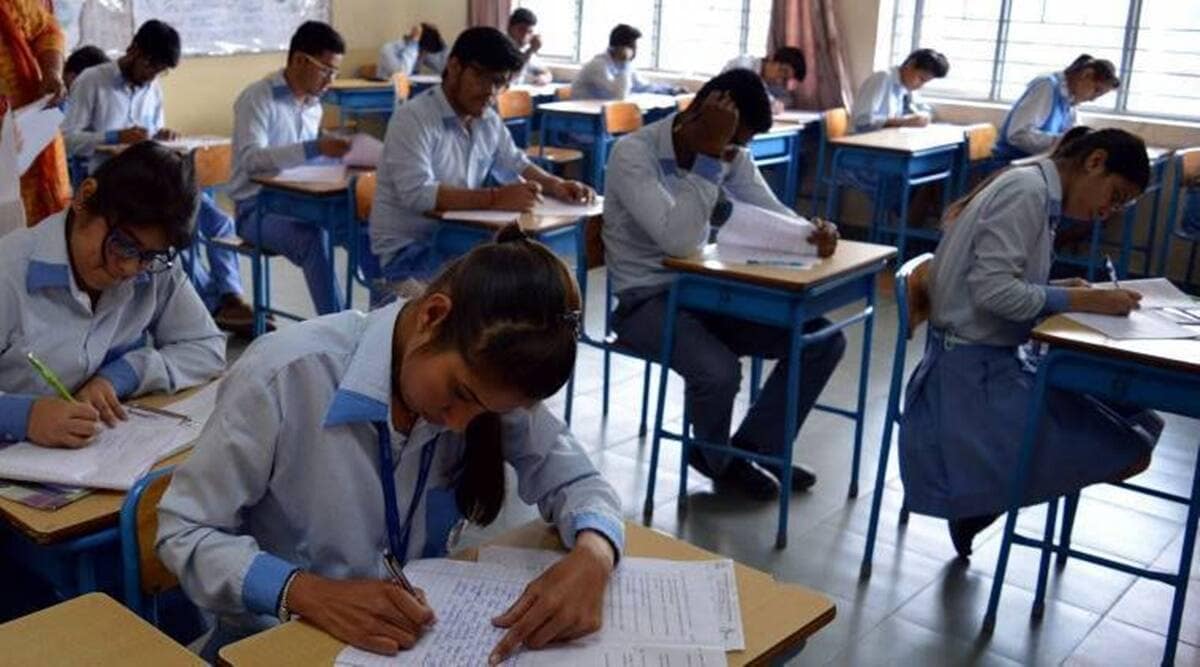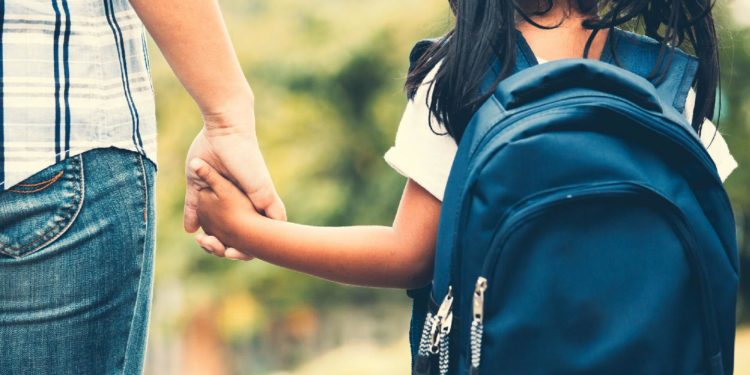When children’s basic safety needs aren’t satisfied, they’re more likely to feel uncomfortable at school and stop turning up, or they’ll be on edge all day. Promoting school safety allows children to explore, learn, and grow in a safe environment.
Students are protected from violence, weapons and threats, theft, bullying, and the sale or use of illegal substances on school premises by safe schools. Improved student and school results are connected to school safety.

Academic achievement is linked to emotional and physical safety in the classroom. Students who are subjected to physical or emotional harassment or who are involved in the sale or use of illegal substances on school grounds, on the other hand, are at risk of poor attendance, course failure, and dropout.
Students of all ages require a secure learning environment. They won’t be able to focus on learning the skills they’ll need for a good education and future if they don’t have it. When violence is present in the classroom, all students are impacted in some manner.

Even if your child is not a victim of violence at school, there is a good probability that he or she may witness violent acts during his or her school years. Children who feel insecure at school do worse academically and are more likely to engage in drugs and misbehavior, according to research.
Although some experts claim that violence has always existed in schools, many people are concerned about the rising frequency of violent incidents. Some even suggest that violence in some regions has reached pandemic proportions, desensitizing many pupils and making them believe that violence is an unavoidable part of school life.

Unfortunately, violent acts in schools occur at all levels of schooling, with 8% of students reporting at least one physical fight at school and 6% reported missing school at least once over a month-long survey period because they did not feel safe.
Though the principal and school personnel are ultimately responsible for your child’s safety inside the school, parents can take a few simple steps to guarantee a safe school experience for their children. The National Association of Elementary School Principals suggests the following:
- Find out how to use the school’s emergency protocols. School handbooks and phone numbers are typically included in emergency plans and posted in classrooms. Investing a few extra minutes to educate yourself and your child with emergency information will provide him with the confidence he needs to respond promptly in an emergency.

- Know and follow the security and safety procedures in place at your school. Signing in when visiting the school, being guided when walking through the premises, or wearing a visitor permit are examples of these. Following these steps sets an excellent example for your children.
- Participate. Discuss with the principal what you can do to improve school safety, such as forming a neighborhood watch with parents before and after school. Parent groups can sometimes be very successful in improving traffic safety during drop-off and pick-up times.
Also Read: Best 5 College For Bachelors In Economics In India









